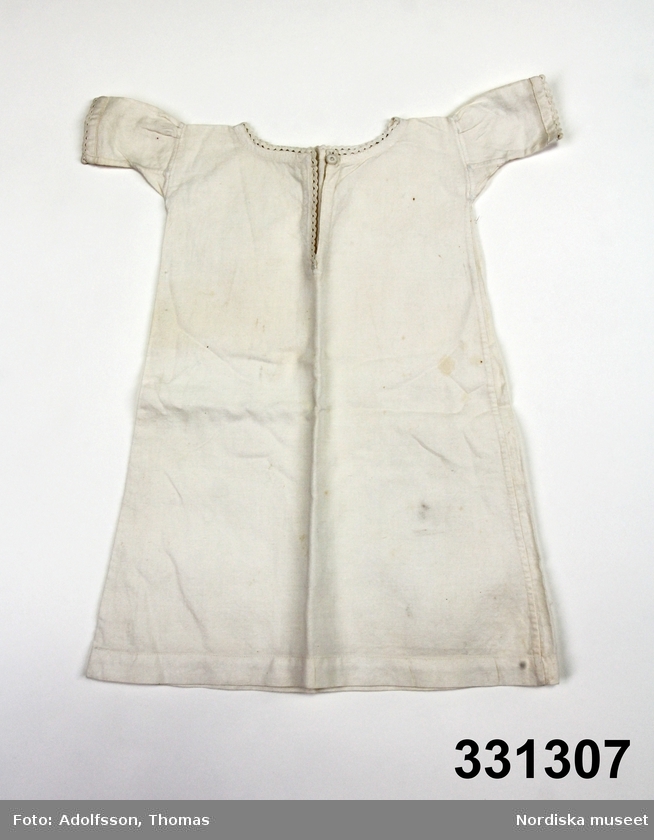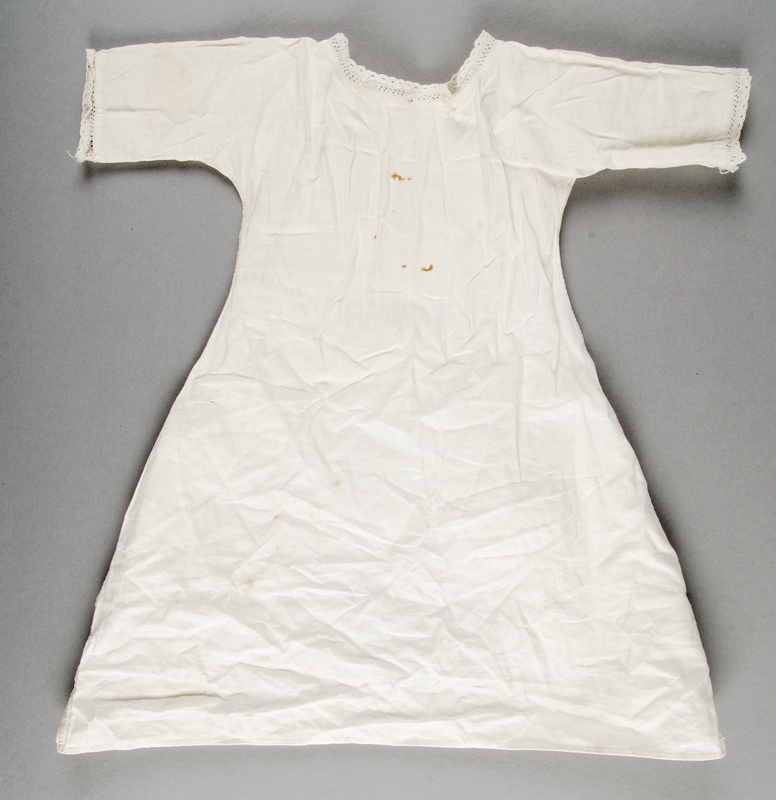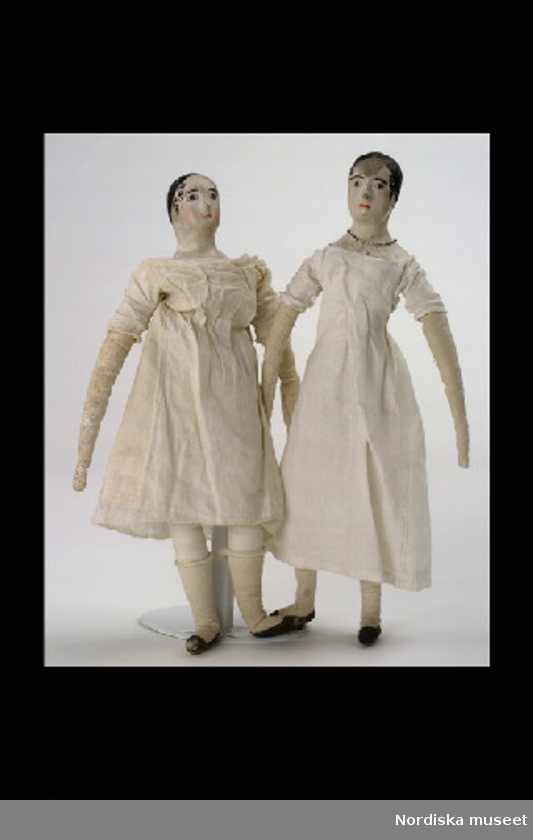We moved to
a new town, a year ago Friday. Amongst other nice things (such as good friends
only a one minute walk away) it also meant I got a sewing room – what a luxury!
As we don’t have money to spend on storage at the moment, it’s a bit of
a mess, with fabrics, notions, period clothing, etc. everywhere, but still - happy me!
The mirror still on the floor, parts of my folk costume and some
14th century hoods hanging on the door, lots of white linen and plain cotton in the shelf.
Hats, some fabric (coarse linen for a gambeson, wool for period clothing, fabrics for contemporary projects),
a loom for weaving tapes and ribbons, boxes with UFO:s, my seldom used sewing machine,
this and that.... The cupboard is filled with striped, checked, and reproduction print fabrics.
I was
pregnant and very tired for the first half of the year, and so didn’t get all rhat
much sewing done, but I did manage to sew:
a sewing roll inspired by local folk costumes
a
babynest for the baby to sleep in
a
patchwork quilt for the baby
I also,
thanks to a cousin and a sister who modelled them for me, got pictures of a
couple of dresses (the Pre-Raphaelite Medieval, and the Elvish Maiden) I made
years and years ago, but never had decent pictures of.
Then little
baby H arrived, and pretty much everything had to adapt to his needs, and
economy was still a factor. Being a student family with two young children,
that is not surprising. We didn’t go to any events this summer, at least not
any that we bothered to dress in historical clothes for. One can still take
pictures though, and when the baby was a week old I swaddled him, dressed myself and B in our 14th century clothes and took some pictures.
I also got some sewing done:
I finished
my Hobbit outfit UFO
and a
witches bonnet for Halloween – I don’t mind spending time in more than one
fantasy world ;)
I’ve also
hosted a sewing class with a friend (in the green silk dress), sponsored by the event Thomanders Jul i Lund: eight women with
varying experience in historical sewing made 1840’s style shifts, stays,
petticoats and dresses. It was an educational experience for me, who never
taught a sewing class before. Some of the ladies (as well as little H and I) are in this
picture. The styles of their dresses cover pretty much all of the 1840's - don’t they look wonderful? Unfortunately I don't have a picture with my friend/co-teacher Maja also in it, as she had a pet emergency that morning.
Picture (c) Lena Birgersson.
Not my most
productive year, sewing wise, but not the least so either. Even when I wasn't sewing myself, I was kept busy being
a co-moderator in the Historical Sew Fortnightly (HSF) Facebook group,
and will continue being so next year, though of course, the challenges
will be monthly now (HSM). Hopefully I'll be able to complete more
challenges myself now :)
For
Christmas Tobias gave me this book that I’ve wanted for a few years. The title can
roughly translate to “The Tailor, the Seamstress and the Fashion” and is all
about how the making of women’s clothing in Sweden changed from being a men’s
business to gradually becoming a women’s business. It also has diagrams of
stitches, seams and patterns taken from period clothes.
This year have been very much 19th
century for me, as I’ve felt a bit burned out on the 14th century –
last year I sewed like mad to get ready for the season, and never got to attend a single
event with my group, and that just made me sick of it all. Now though, I’m
beginning to feel the pull again, so hopefully there will be more medieval
things in the coming year.
Thank you for reading my blog this past year - I hope you are all well, and will have a Happy New Year!
Thank you for reading my blog this past year - I hope you are all well, and will have a Happy New Year!
















































